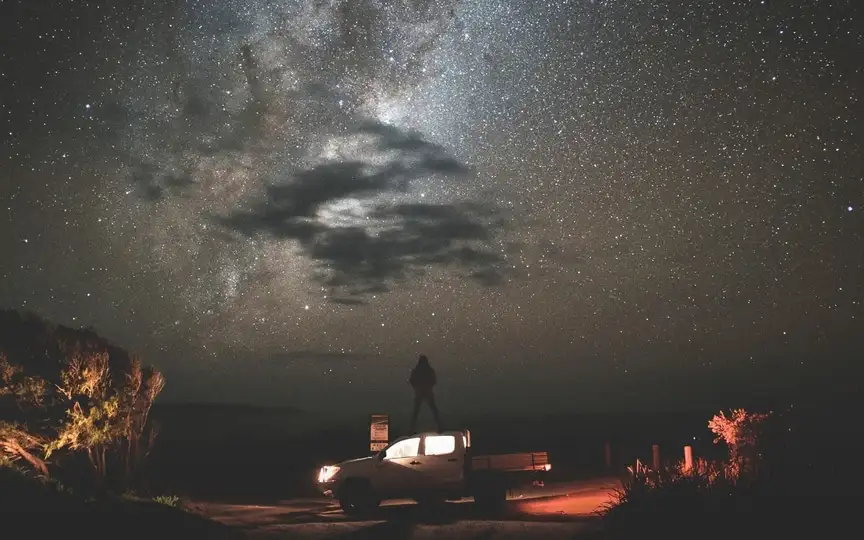Tonight’s Celestial Show: Mars, Venus, and Mercury to Appear with Crescent Moon
Prepare yourself for an exceptional celestial spectacle this evening as the dark sky reveals a captivating assembly of celestial entities just after sundown. Although certain regions of North America may experience hazy conditions due to Canadian wildfires, the moon, Mercury, Venus, and Mars are all poised to adorn the sky with their stunning display.
A gathering of planets
Direct your gaze just after sunset to the western sky, where you’ll find a faint sliver of a two-day-old crescent moon fascinatingly low on the horizon. Along with this celestial beauty comes our solar system’s three inner planets, which adorn the constellation Leo, also known as Leo, according to Space.com.
For those living in New York, the captivating quartet appears just as the sun says goodbye to the day and dusk begins to descend. However, note that the moon and three planets are already relatively low on the horizon this time. So to get the most out of this stargazing experience, find a spot with an unobstructed view of the horizon.
As twilight unfolds, Venus, the brightest of the four, is the first to grace the sky, shining radiantly. To the right of Venus and slightly above it, notice a slim moon about a fist’s width at arm’s length. Now, as you move in the opposite direction from Venus, look up and to the left to see the steady glow of red-orange Mars.
Although slightly harder to locate due to its faintness, Mercury is about a palm’s width below and to the right of the moon. To see Mercury, you need the help of a telescope.
The possibility to connect with the night sky
In addition to witnessing this celestial gathering tonight, it also provides an excellent opportunity to explore the fascinating stars of the Leo constellation. Look for the moon located under the lion’s jaw, while Venus adorns the space between its front legs. As for Mars, it can only be found next to one hind leg.
The play doesn’t end tonight! On Thursday (July 20), Mars approaches the moon and offers an even more enchanting view. Get your stargazing gear ready and head out at the same time for the next two nights to enjoy the mesmerizing cosmic dance of these summer skygazing favorites.
So be sure to step outside, keep your eyes on the sky, and admire the beauty of your celestial neighbors that combine for this extraordinary night of stargazing!




